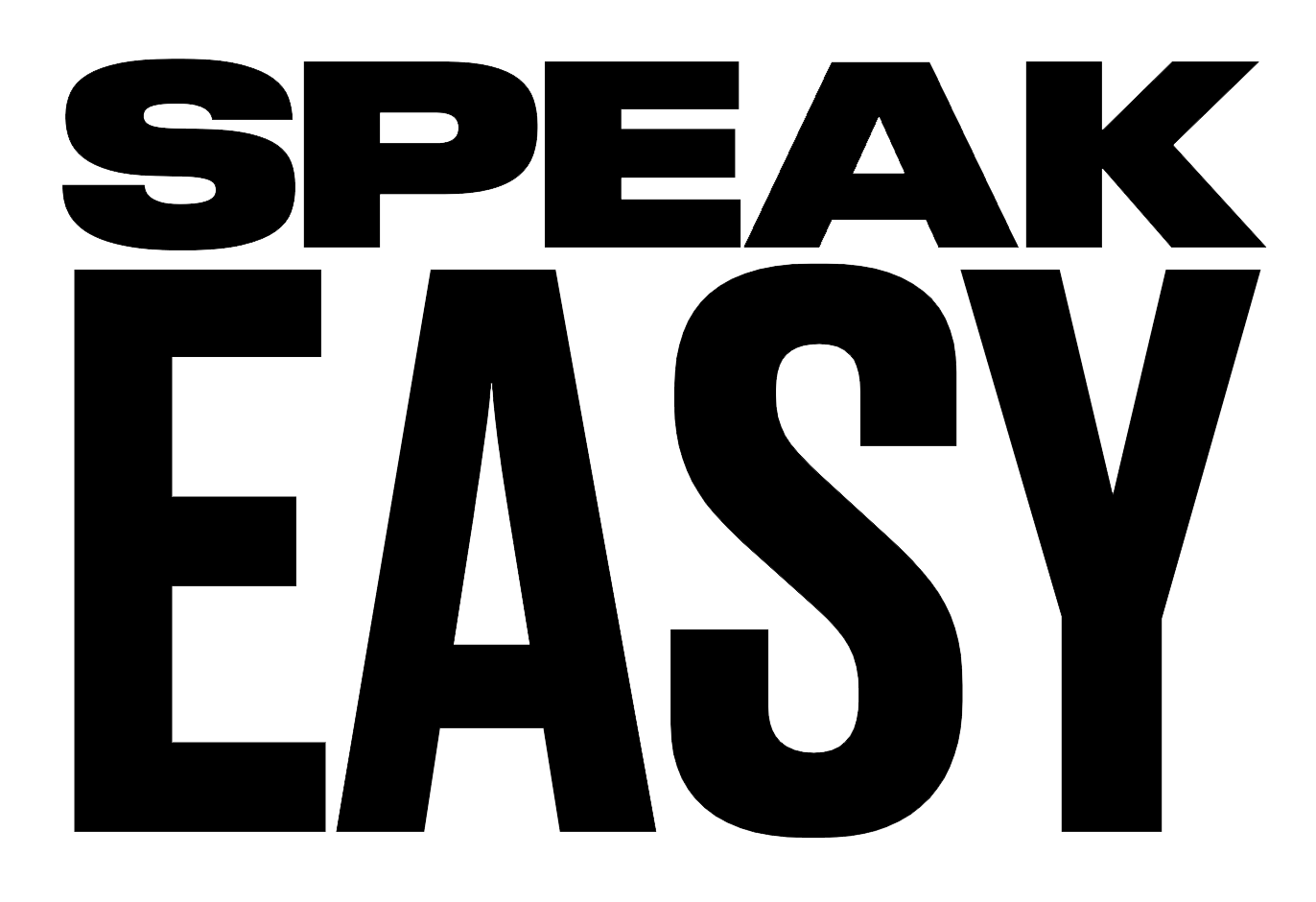Branding Glossary
In marketing, brand management begins with an analysis on how a brand is currently perceived in the market, proceeds to planning how the brand should be perceived if it is to achieve its objectives and continues with ensuring that the brand is perceived as planned and secures its objectives.
Branding
Brand Valuation
The estimated financial value that all of a brand’s tangible and intangible assets bring to a company. It is frequently used to guide brand strategy and make the case for branding investments, and it showcases the impact that a brand has on business performance now and in the future.
Branding
Brand Values
An unwavering declaration of values or promises that steers a brand toward its “true north.” Brand values are the internal attributes that establish a brand’s unique transactional philosophy, underline its purpose and guide its decisions and behaviors.
Branding
Branding
Creating, selecting and blending attributes to differentiate a product, service or business in an attractive, meaningful and compelling way. It works to illustrate the brand using consistent themes that align with brand promises to build the preference and loyalty of the consumer.
Branding
Branding Agency
Branding agencies specialize in strategic brand building and management. Unlike advertising or marketing agencies, branding agencies focus on strategically positioning a brand in the competitive market and in the mind of the consumer rather than on tactically communicating brand services or offerings.
Branding
Co-Branding
The use of two or more brand names in support of a new product, service or venture. Co-branding is a strategy that couples the strengths, awareness and customers of one brand with another in order to increase brand equity, target specific markets and/or combine brand values in the mind of the consumer.
Branding
Color System
A brand’s master color guide that consists of primary and secondary palettes of print and digital color values that govern all usages of brand assets to ensure a sense of hierarchy, consistency, usability and harmony. The strategic selection of color, tones and hues evokes emotion for—and recognition of—a particular brand.
Branding
Descriptor
A short statement added to a non-descriptive brand name that describes a quality or service central to the brand’s offering. Example: Starbucks “Coffee”, La Croix “Sparkling Water”, Dell “Computers”
Branding
Differentiation
The process of researching, identifying and marketing unique characteristics of a brand, as compared to those of its competitors.
Branding
Endorsed Brand
Often used synonymously with sub-brand, an endorsed brand is generally a product or service brand name that is supported by a masterbrand—either dominantly (e.g. Apple Watch) or lightly (e.g. Nestle Kit-Kat).
Branding
EPI (Ethical Positioning Index)
A comprehensive scale that measures how ethical a company’s brand positioning is. The index is compromised of the fundamentals in brand positioning (identity, image, personality, awareness and communication) and ethical variables such as beliefs, values and customs.
Branding
Freemium
A mashup up of the words “free” and ”premium,” when companies provide basic services free of cost, with the option to upgrade to a more robust offering for a price. Examples: LinkedIn, Youtube and Dropbox.
Branding
Generic Brand
A brand with little differentiation in its positioning that lacks a recognizable logo or brand assets. Typically, these brands are not advertised and serve as a lower-cost alternative. Example: Walgreens-brand Ibuprofen.
Branding
Graphic Style
A consistent theme of the graphic elements (e.g., typography, color and images) of a brand’s overall visual appearance. Graphic style is recognizable by the visual traits of an overall parent brand and can vary slightly but is overall consistent among the sub-brands.
Branding
Icon
A small, graphic representation of a brand or brand function, typically within a graphical user interface. An icon helps users recognize a brand, illustrate what a brand does and navigate to or through its app and website. Facebook’s “Like” button is an example of an icon.
Branding
Initialism
An abbreviated version of a brand’s name formed by the first letter of each word in its name. Its appearance is identical to an acronym, but differs in that it’s pronounced letter by letter, rather than as a spoken word. Examples: CNN, NBC and AT&T, vs. NASA, which is an acronym.
Branding
Intangibles
Elements of a brand that are incapable of being touched and often difficult to assign value to. Intangibles assets include trademarks, copyrights, patents, design rights, proprietary expertise, databases, etc. Intangible brand attributes include: brand names, logos, graphic style (e.g. Adidas three stripes), colors, shapes and smells.
Branding
Logo
A brand’s most important and recognizable visual signifier. Composed of text (brand signature) and image (brand symbol), the logo serves as a company’s flag. The terms logo and trademark are used synonymously. Example: Nike’s swoosh.
Branding
Market Leader
A company that has achieved a dominant position—either in scale or influence—within its field. This leading position often comes about because the company was the first to market a certain type of product and, with the protection of a patent, has managed to consolidate its position before direct competition was possible. Alternatively, a company may […]
Branding
Market Share
A company’s share of total sales of a given category of product on a given market. Can be expressed either in terms of volume (how many units sold) or value (the worth of units sold).
Branding
Masterbrand
A brand that dominates all products or services in a range or across a business. Sometimes used with sub-brands, sometimes used with alpha or numeric signifiers. Mercedes-Benz and BMW are both employed as masterbrands.
Branding
Messaging
Communication that is strategically written to target an audience segment and encourage them to purchase and engage with the brand. A properly developed messaging system defines how the brand “speaks” with the customer while also capturing the nuance with which it does it.

